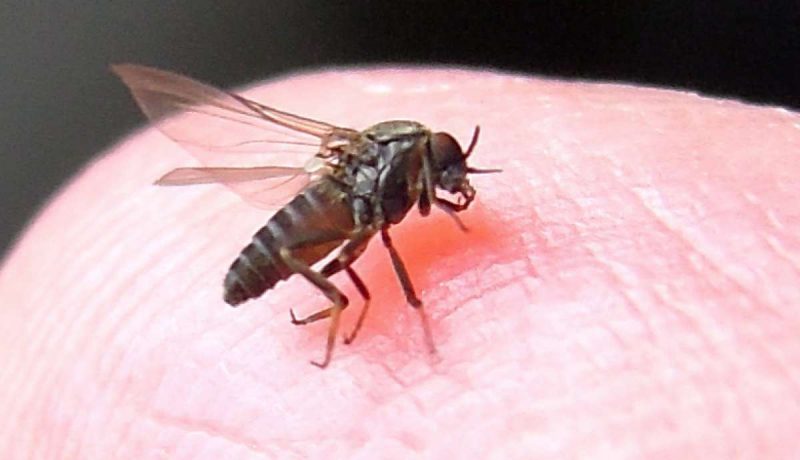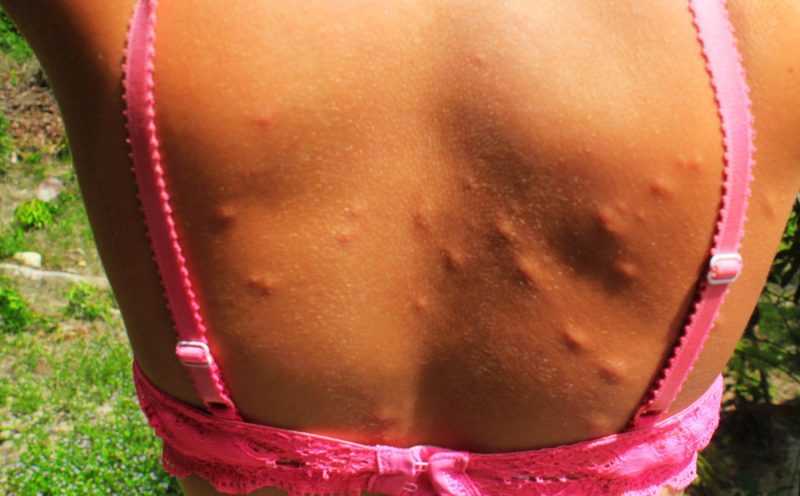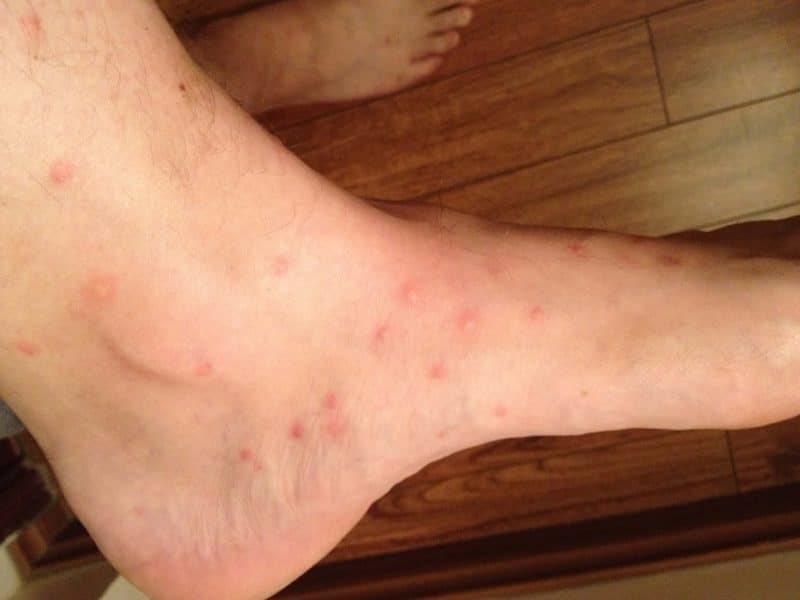Sandflies are also known as biting midges, sand gnats, and sand fleas. Others call them no-see-ums, Chitra, Marumakshika, punkies, and grass nippers. These flies are smaller than regular flies. They can pass through standard screens. Sandflies are everywhere, but their favorite place is the sandy areas.

This summer, sandy beaches are packed. You will find sandflies there. It is a great time to hang out and cool down this summer. Repelling sandflies can make your vacation time more fun and pleasant. Below are some things to remember when it comes to repelling sandflies
How Sandflies Live
As the name implies, sandflies love to live in sand areas like the beach. But if you went to the beach and traveled in your car, sandflies can live in your car as well. Sandflies also frequent mangroves, and coastal lagoons. These flies have V-shaped wings, hairy bodies. They like to rest in thin cracks.
Sandflies love the summer months. They also like the warm springtime. These insects hate the rain and wind. They often come out when the weather quiets down. They often come out when it is early morning or early evening.
When You Are at the Beach
Sandflies love shiny and moving objects, but they want darker coloration. They also sense the presence of carbon dioxide and warmth. Also, note that these flies love to travel in groups. If you see one sandfly, you can be sure there are others around you. But these flies are slow. You might get away from them if you try to move away.
Beware of the Bites

The female sandflies are the ones that bite. They are like female mosquitoes, but they have larger bites. The bite is big, raised, itchy, and often painful. Female sandflies spread serious diseases like Punta Toro virus, leishmaniasis, Toscana virus, Oraya fever, Pappacti fever, and Carrison’s disease.
Repelling Sandflies
These flies stay around lawns, trash cans, gardens, and other places near the sandy area. Wearing light-colored clothing can keep sandflies away. Be sure to stay away from wet sand at dawn and at dusk. Taking elevated doses of vitamin B12. About 1000 milligrams will do. Eating raw garlic and bananas every day can give you the B12 dosage you need.

Living near the beach makes it unavoidable to keep these flies away from your home. Placing boric acid around your trash cans can help keep them away. Sprinkling diatomaceous earth
on moist areas of the home and around the house after it rains does the same. Scattering salt all over your carpet a day before you vacuum can kill eggs and hiding flies.

Steam cleaning carpets, sealing cracks in your walls or floors after vacuuming can control their population as well. Lighting lavender, citronella, or eucalyptus candles and lamps can prevent sandflies from entering your home. Placing orange peel extracts on entrances and windows can also keep them away.
Preventing Sand Fly Bites
These insects come out in swarms after the rain. Avoiding the beach after some rain can prevent bites. Applying oil all over you can provide a good barrier between your skin and the flies. Going to the beach during the mid-day hours can prevent you from encountering the flies. They are only active at dusk and dawn. Placing a barrier between the sand and your skin can keep you sand fly-free. A hammock, a chair, or even a thick beach towel is enough. These barriers and a good application of oil will protect you from bites.
Sandflies are always ready to bite. They need your blood to nourish the next generation after all. Preventing their bites will keep certain diseases away. It is always best to add more protection than just to treat the bites. It will even save money and heartache to prevent the treatment of the diseases they bring.